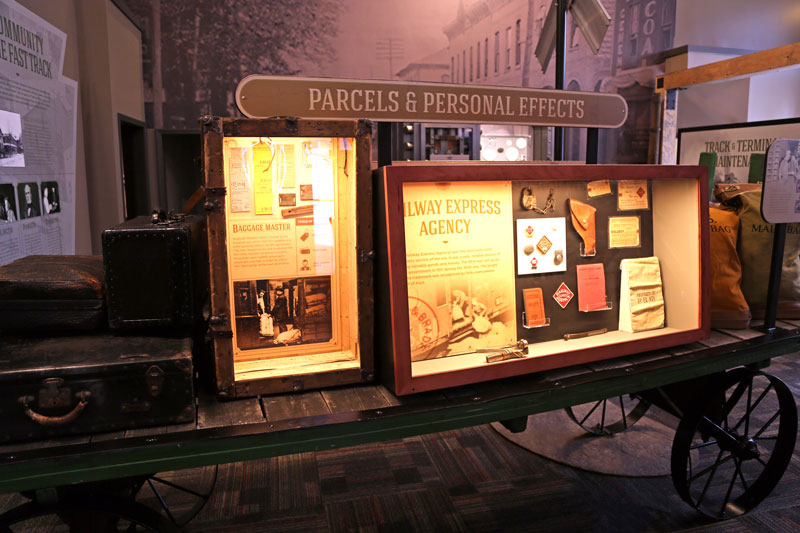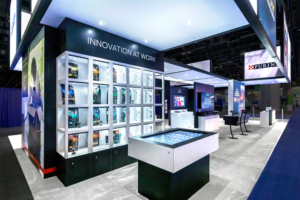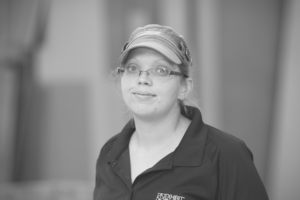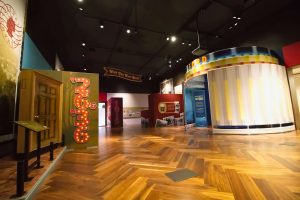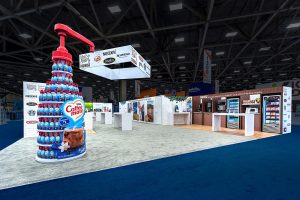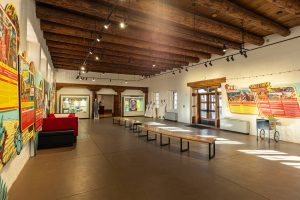 Museums are among the best when it comes to storytelling and research. They bring our history to life through exhibits, and behind the scenes, they’re conducting research that can tell us how the world around us works, our health, or how things came to be. Showcasing these stories and artifacts plays a vital role in enlightening our societies, and it’s something an exhibit fabricator shouldn’t take lightly.
Museums are among the best when it comes to storytelling and research. They bring our history to life through exhibits, and behind the scenes, they’re conducting research that can tell us how the world around us works, our health, or how things came to be. Showcasing these stories and artifacts plays a vital role in enlightening our societies, and it’s something an exhibit fabricator shouldn’t take lightly.
Issuing a bid to exhibit fabricator is usually a requirement in the museum space. When it comes to choosing the best bidder, budget shouldn’t be the only consideration taken into account. In this blog, we will explore several factors to take into consideration before selecting a partner to build the best exhibits with lasting success.
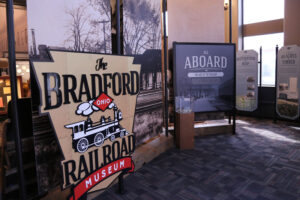
1. SHARED PRIORITIES
More than a collection of artifacts, a museum experience must make a connection with people. A strong partner will help you identify how you will reach the hearts and minds of your visitors, transport them to a specific place or time, and leave them changed in some way. To help achieve these priorities, be sure the company you’re working with will:
- Safeguard the artifacts. This may seem obvious, but it’s essential to understand your exhibit fabricator’s method for preserving objects. From the materials used to the protective casings, your displays should not only showcase artifacts in a meaningful way, but also in a way that keeps them safe from the environment and from damage or theft
- Give visitors compelling exhibits and interactives. You know your subject better than anyone, but your design and fabrication partner(s) can help you create experiences that engage guests. “Once we had artifacts and space, we needed a story to tell and Exhibit Concepts, Inc (ECI) helped organize that story,” explains Dr. Marilyn Kosier, a key member of the board responsible for creating the Bradford Ohio Railroad Museum. “They also helped us cull down the items into a meaningful interpretation. Before, they were just displayed with no educational value. They have a way of developing a timeline and exhibit venues that create a comprehensive picture.”
Simply building what’s on paper isn’t enough when it comes to museum fabrication. Bringing innovative solutions that will help visitors easily navigate and comprehend an exhibit’s content is a skill your exhibit fabricator should bring to you.
2. METICULOUS PLANNING
Precise and thorough planning is key to a successful exhibit and essential for an entire museum. Working closely with your design and fabrication partner through the early planning stages can help you think to develop every detail, including:
- How the exhibit will function
- Where to place interactive pieces
- How to integrate audio-video elements
- The way the materials will hold up to heavy use
- Traffic flow
Putting together any environment’s process is a puzzle, and each piece needs to fit together to assure a successful build. Leaning on your exhibit house’s expertise, each step of the way is crucial, and having a plan will make the project move along smoothly.
3. FLEXIBILITY AND PROBLEM-SOLVING

Even with the best planning, you and your museum exhibit fabricator won’t discover some issues until installation. Choose a partner that can handle problem-solving on the fly. Reagan Grau, Director of Collections at the National Museum of the Pacific War, saw the value of this flexibility in action. “When the George H.W. Bush Gallery was being installed, there was a graphic panel blocking part of a word on the wall behind it. As soon as they saw the problem, ECI actually painted new lettering on the wall to make it work. They fixed the issue before it even became an issue. They’re great at handling improvements like that on the fly.”
If you choose to work with multiple partners for different parts of the project, be sure they work well together and support each other. One may discover issues the other didn’t foresee. Chris Frison, Associate Vice President and Senior Project Designer at D|G Studios, has worked with many different fabricators and installers. “I like the way ECI doesn’t just find problems, they find solutions,” he says. “They always come to us with a solution to whatever issue they discover. Not every company I work with does that. I can rely on their next-level detailing to be sure that, together, we deliver the highest quality end-result.”
When multiple companies are involved, communication is critical to eliminating possible issues. The best partners will talk to each other, giving updates, discussing issues, and figuring out solutions to keep your project moving forward. “Their level of communication spoils you,” adds Frison. “You start to expect it from all other companies you work with, but you just don’t get it the way you do with ECI.”
4. BIG PICTURE PERSPECTIVE
Sometimes it’s easy to get caught up in the details of a single exhibit or interactive experience. And while each one is important, it’s just one part of your story. Don’t lose sight of the big picture. Prioritize the continuity of the guest experience through each exhibit, as well as through every update and expansion. Working with a single partner for those updates and expansions will not only create a cohesive visitor experience but will make those future projects run smoother.
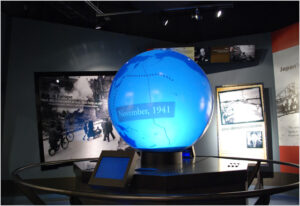 The National Museum of the Pacific War in Fredricksburg, Texas, is made up of 3 museums spread across 6 acres. It would have been very easy for each one to feel separate and disconnected. The museum’s director, Rorie Cartier, PhD, believes a single long-term partner has been the secret to preventing this kind of disjointed experience. “Because ECI was involved in every part of the museum, across all 6 acres, the continuity between the galleries is seamless. That is really important to us!”
The National Museum of the Pacific War in Fredricksburg, Texas, is made up of 3 museums spread across 6 acres. It would have been very easy for each one to feel separate and disconnected. The museum’s director, Rorie Cartier, PhD, believes a single long-term partner has been the secret to preventing this kind of disjointed experience. “Because ECI was involved in every part of the museum, across all 6 acres, the continuity between the galleries is seamless. That is really important to us!”
Building a new exhibit is not something that you or your team takes lightly. Telling the story, protecting the artifacts, and guiding visitors through your exhibits in a meaningful way is your priority, and it should be the priority of your exhibit fabricator, too.


